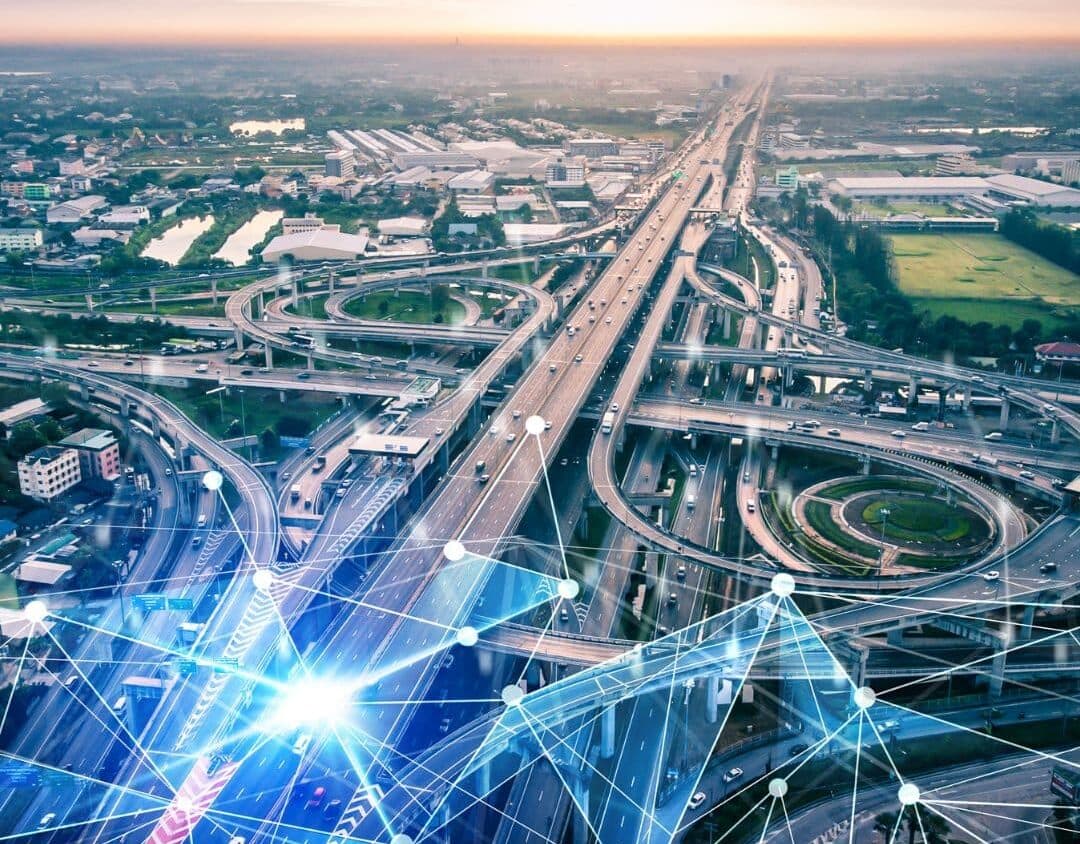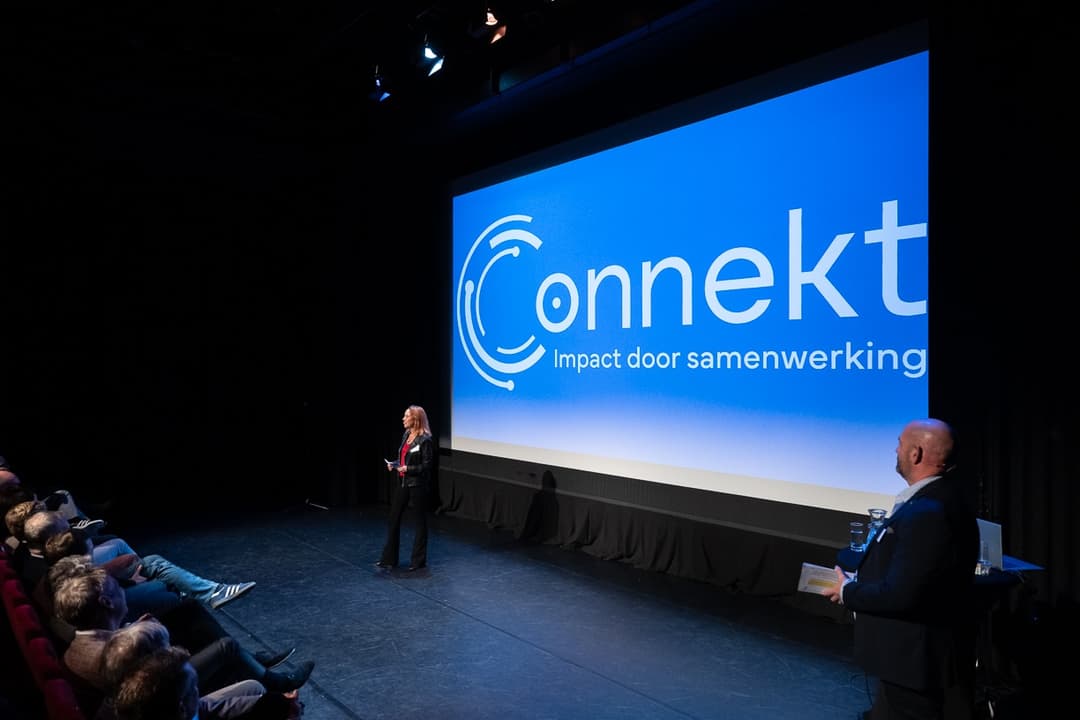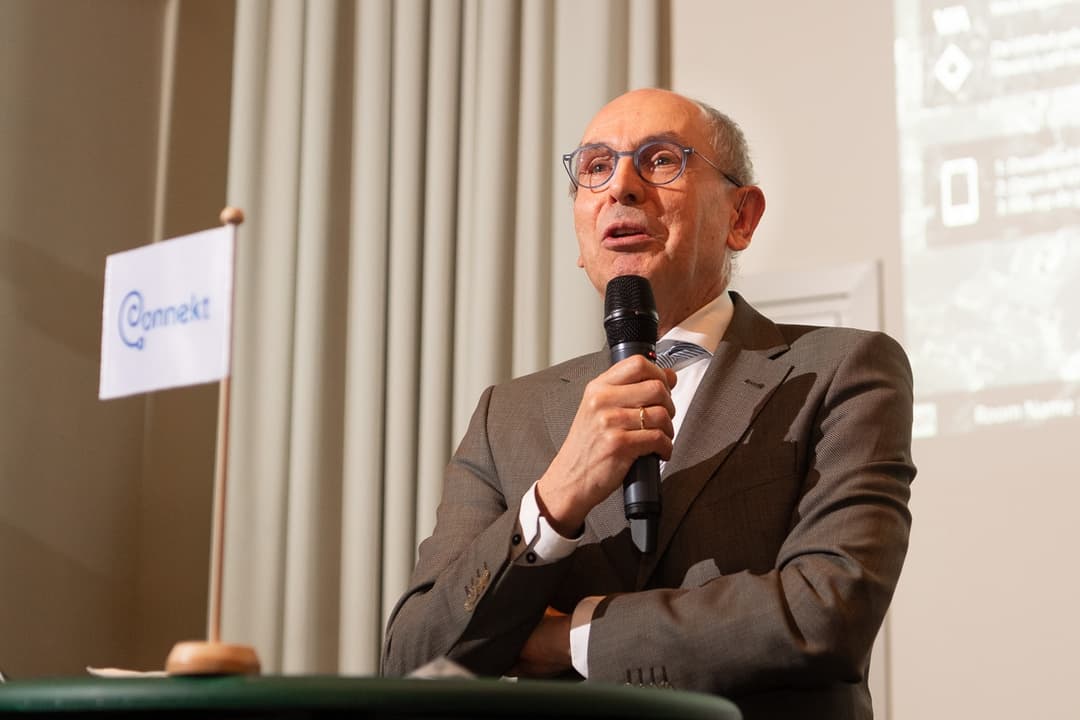Direct naar..

Publiek-private samenwerking
Mobiliteits- en logistieke vraagstukken vragen om samenwerking. Als neutrale partij organiseren we dialoogtafels, themabijeenkomsten, internationale uitwisseling en ledenreizen. Hier ontmoeten partijen elkaar, ontstaan gedeelde inzichten en worden nieuwe projecten geboren.Thema's
De thema’s vormen de inhoudelijke ruggengraat van het werk van Connekt. Ze brengen de belangrijkste ontwikkelingen, vraagstukken en innovaties in mobiliteit, logistiek en digitale infrastructuur samen. Binnen elk thema verbinden we partijen, ontwikkelen we kennis en werken we aan oplossingen die direct bijdragen aan een slimmer, duurzamer en toekomstbestendig mobiliteitssysteem.

Waarde voor leden
Ledenwaarde ontstaat wanneer kennis, netwerk en gezamenlijke kracht elkaar versterken. Als lid van Connekt maak je deel uit van een onafhankelijk publiek-privaat ecosysteem waarin organisaties samenwerken aan de mobiliteits- en logistieke uitdagingen van vandaag en morgen. Je krijgt toegang tot relevante inzichten, thematische bijeenkomsten, experts en partijen die er écht toe doen. Door deelname aan projecten, dialoogtafels en programma’s werk je niet alleen aan oplossingen voor de sector, maar ook aan de groei van je eigen organisatie.











